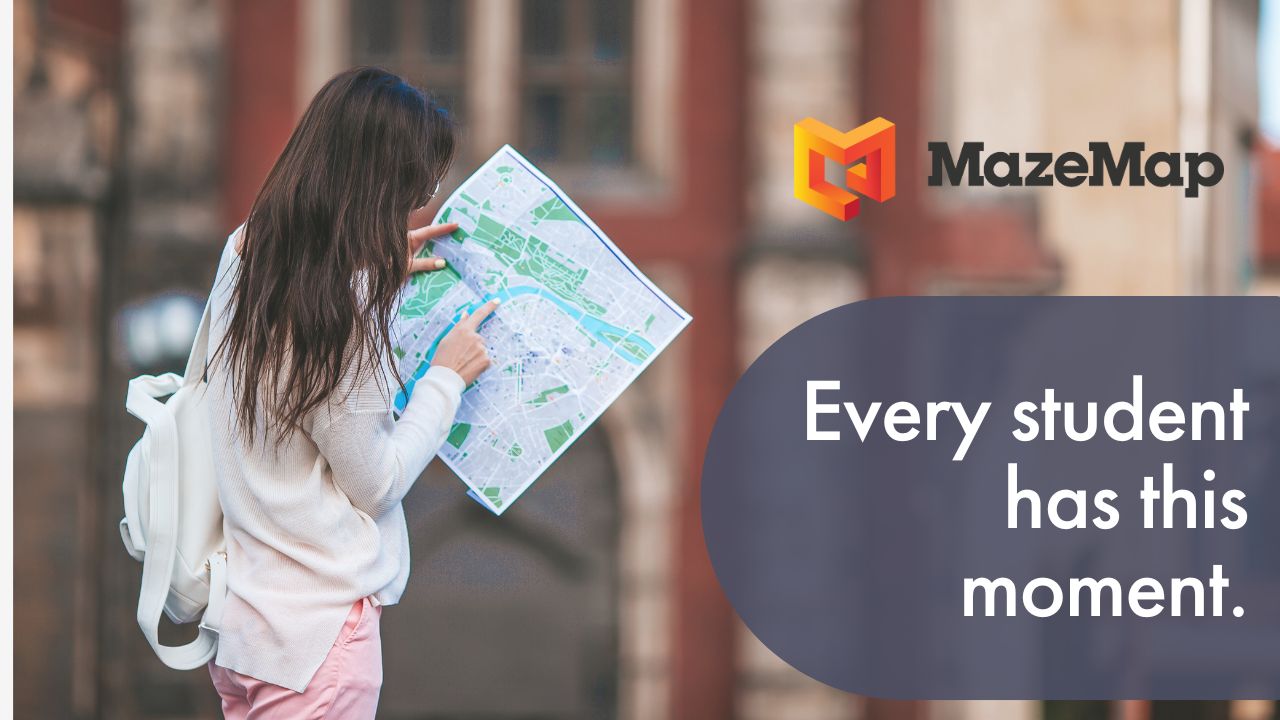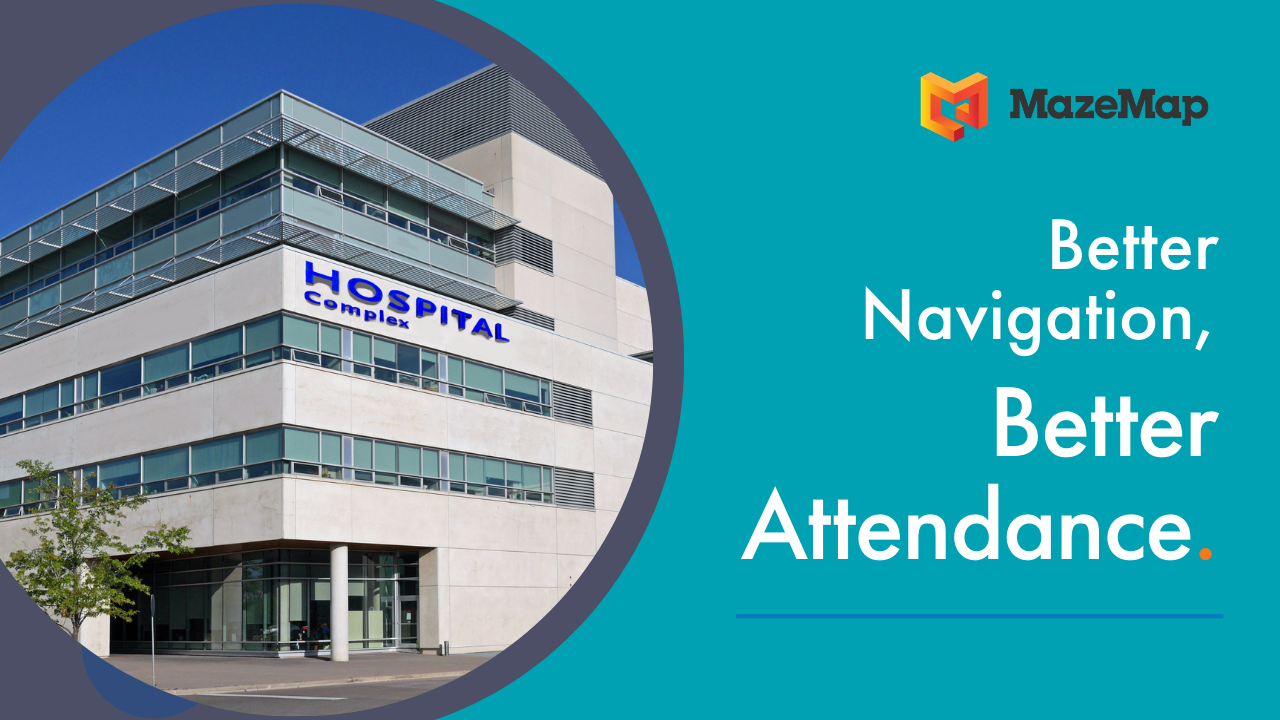Many of us rely on technology to help us as we go about our daily lives. As consumers, our experiences are becoming more interactive and personalized. With a recent boom in smart technologies, we’ve come to expect our experiences as building users to follow a similar path. One of the sectors where we are seeing an increase in more interactive solutions for building users is higher education. Here, technology is being used not just to help university staff manage facilities, but also to improve the student experience.
So, what technologies are being implemented to create a more interactive campus experience? And what value do they provide?
Interactive maps and data overlays

Digital wayfinding allows you to visualize your campus, which in addition to the more obvious benefit of helping map users to navigate, can also serve as a fantastic base in which to overlay building data.
The concept of the map enables students, staff, and visitors to navigate seamlessly inside buildings, between buildings, and also outside of the campus area. Map views can be tailored to different user groups, with the option to grey out areas that are, for example, only relevant to staff. From here, users can search for specific locations, down to a certain room, or a point of interest such as a water fountain. Having a mapping component available to students helps to create a great first impression and enhance the student experience.
For facilities managers, a unique map view can be created to mark out where vital assets, like printers, lighting, or furniture are located. Digital records of the building and its assets can be kept up-to-date, especially when there are frequent renovations and changes. A map also serves as a great base for data overlays that can allow you to implement smart building technology, such as controlling building temperatures and humidity remotely, or turning lights on and off. With many employees spending time working from home due to the current pandemic, it’s become essential to have access to tools that allow certain functions to be managed remotely.
The list of possibilities for overlaying building data is endless and there are a number of innovative integrations that universities have implemented. The ability to create IoT solutions and visualize them on a map provides immense benefits for the full spectrum of building users - staff, students, and visitors alike.
Bookable spaces

When users are physically present in the buildings, an important consideration for many facilities managers is whether spaces are being utilized efficiently. A space-booking tool enables users to book meeting rooms, desks, or study spaces, which saves on time spent looking for a place to work. For staff, it allows seamless planning of lecture halls, classroom spaces, or meeting rooms. In the midst of the current pandemic, it is especially useful to be able to secure safe working spaces ahead of time, without even having to leave your front door.
Sensor-based technologies for monitoring occupancy can also be incorporated into room visualization tools. That way, building managers can monitor room usage, seeing which spaces are frequently in use and which spaces could be used more often. When it comes to space planning and budgeting, this kind of data is invaluable and can help make a great case for where money should be spent in order to improve the campus.
Another way that sensors can be incorporated into bookable spaces, is to monitor the climate of the room. If users have a preference for a cooler room, then they can use this data to find a room that best suits their preferences.
Overall, creating a more interactive building environment has great benefits for all building users. Interactive maps allow students and visitors to navigate more efficiently, creating an improved campus experience. Maps also allow for data overlays, which are invaluable tools for facilities managers, creating the possibility for data vizualisation as well as integrations with sensor technologies and IoT. In addition, space usage and occupancy can be monitored, which in turn can help shape future budget allocations.
The MazeMap - Planon partnership

Planon and MazeMap have announced a partnership to integrate Planon Universe for Corporate Real Estate and Facility Managers and MazeMap’s digital wayfinding solution to enable organisations to offer occupants and visitors of campus sites and large buildings a better real-time user experience. We’re delighted to be partnering with Planon to bring a digital mapping component to the platform.
One of the major benefits of using a joint solution such as this is that it breaks down walls between siloed infrastructures. This makes for a much more efficient use of time, allowing for seamless integration and communication between different programs. In the long run, facilities staff can conserve energy and resources as their workflow becomes more efficient due to processes becoming automated or streamlined.
If you want to know more about how the advantages of open software for your real estate and facilities management organisation read Planon’s white paper ‘Point solutions or an integrated solution: why choose?’
Are you interested in learning more about the smart solutions that MazeMap & Planon can offer your university? Contact us today for a non-committal chat.











